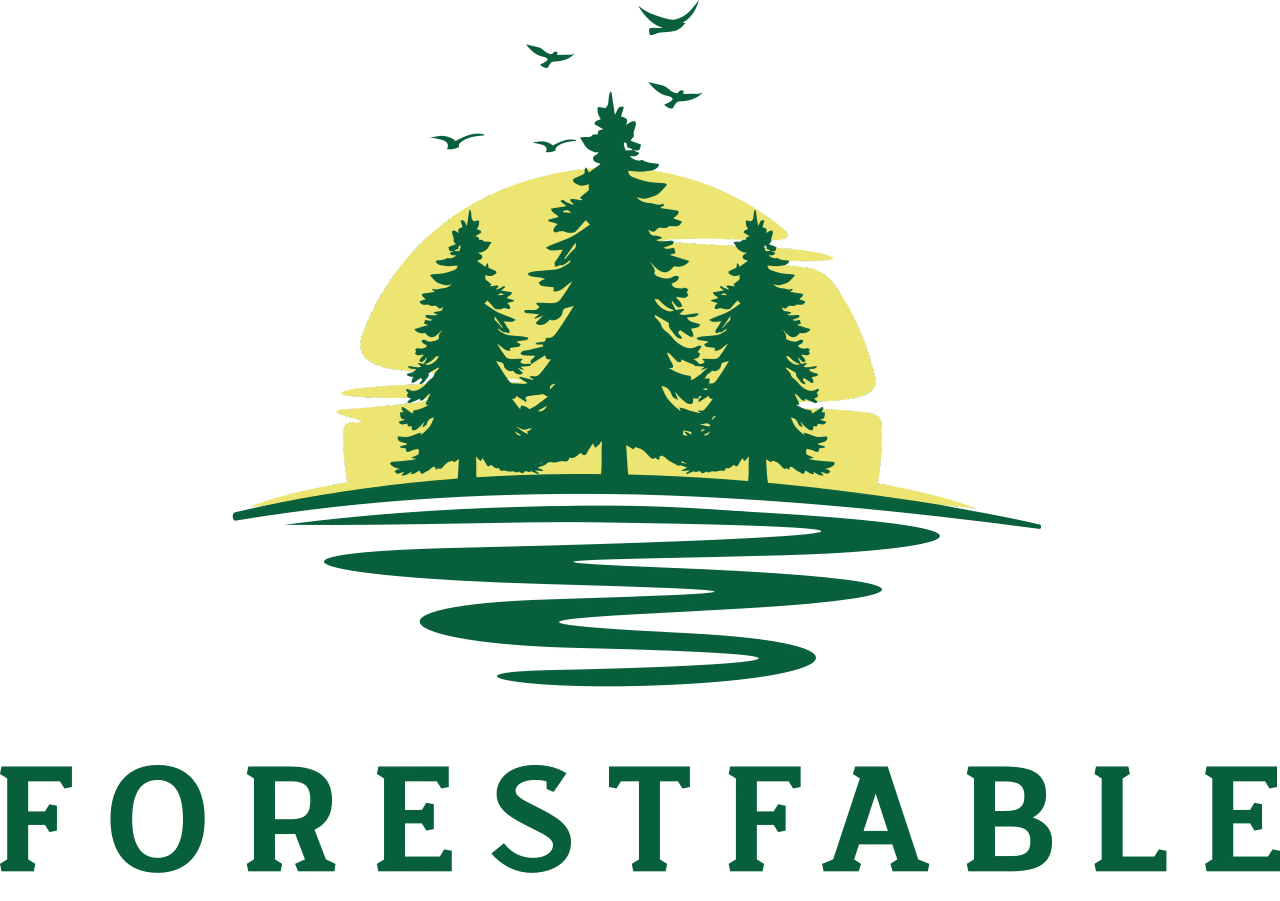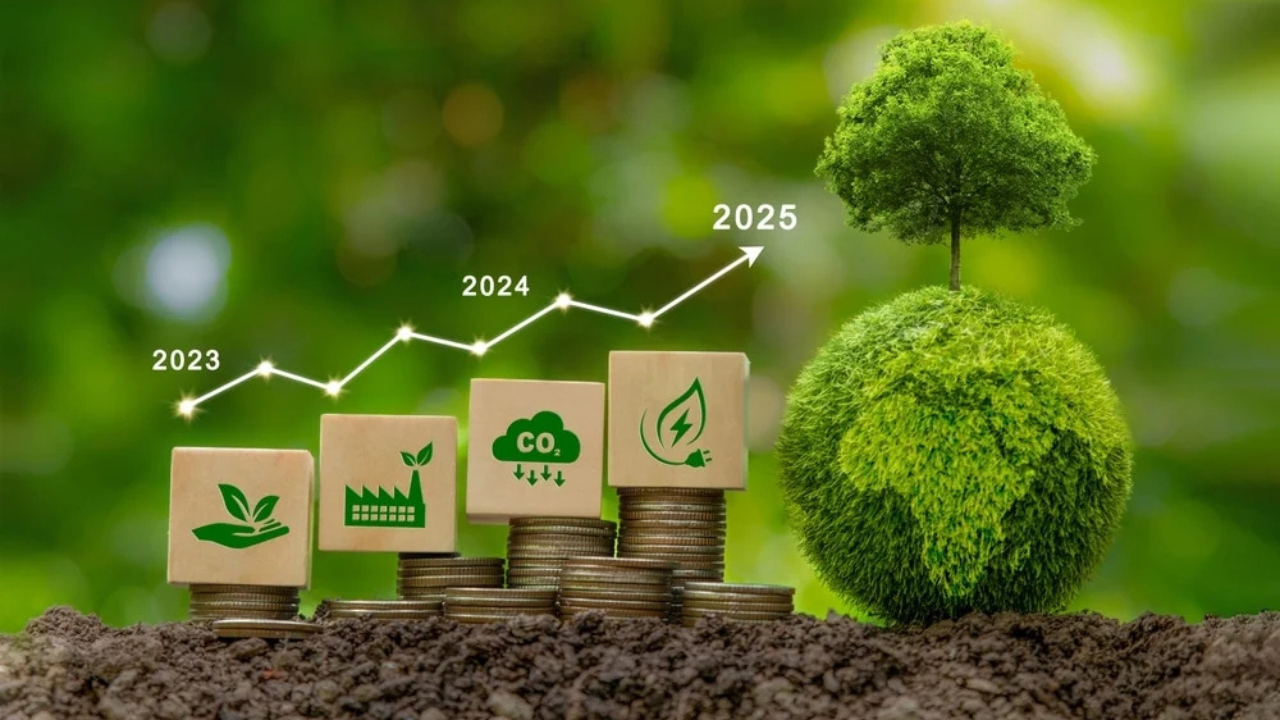Introduction
On November 12, 2024, the American Forest Foundation (AFF), a leading nonprofit dedicated to empowering family forest owners, released a groundbreaking white paper titled Catalyzing Forest Carbon Project Quality: Addressing Issues of Integrity in Improved Forest Management Carbon Projects. This document sets a new standard for quality in forest carbon projects, addressing critical challenges in the voluntary carbon market (VCM) and offering a roadmap for ensuring high-integrity carbon credits. As global demand for nature-based climate solutions grows, the white paper’s focus on additionality, permanence, leakage, and social integrity provides a timely framework for project developers, investors, and policymakers. This article explores the white paper’s key insights, its implications for the forest carbon sector, and its role in shaping a more transparent and impactful carbon market in 2025 and beyond.
The Context of Forest Carbon Projects
Forest carbon projects, particularly those under Improved Forest Management (IFM) protocols, play a pivotal role in mitigating climate change. By enhancing carbon storage through practices like extended timber harvest rotations, reforestation, and avoided deforestation, these projects generate carbon credits that companies purchase to offset their emissions. According to the AFF, family-owned forests in the United States, which account for 39% of the nation’s forestland, are underutilized in the VCM, with less than 1% of carbon projects occurring on small-acreage lands (20–1,000 acres).
However, the VCM has faced scrutiny for issues like over-crediting, lack of transparency, and questionable environmental benefits. A 2021 CarbonPlan study revealed that 29% of credits in California’s forest carbon offsets program were over-credited, equating to $410 million in inflated value. The AFF’s white paper responds to these challenges, emphasizing the need for rigorous standards to restore trust and unlock the potential of family forests as natural climate solutions.
The White Paper: A Call for Quality
The AFF’s white paper, part of its Family Forest Carbon Program (FFCP), outlines four pillars of high-quality forest carbon projects: additionality, permanence, leakage, and social integrity. These elements address systemic issues in the VCM and align with emerging global standards, such as the Integrity Council for the Voluntary Carbon Market’s Core Carbon Principles (ICVCM CCPs). Below, we delve into each pillar and its significance.
1. Additionality: Ensuring Real Impact
Additionality ensures that carbon credits represent emissions reductions or removals that would not have occurred without the project’s financial incentive. The white paper critiques traditional approaches that rely on projected baselines, which often overestimate future deforestation based on historical trends. Instead, the FFCP advocates for dynamic baselines—observed, real-time data that reflect actual forest conditions.
For example, older IFM projects sometimes assumed high deforestation rates, leading to inflated credits when forests were conserved. The FFCP’s dynamic baseline approach minimizes this risk by grounding calculations in current data, ensuring credits reflect genuine climate benefits. This aligns with recommendations from a 2023 Frontiers study, which highlighted the need for more accurate baseline methodologies to prevent over-crediting.
2. Permanence: Securing Long-Term Benefits
Permanence refers to the durability of carbon storage, ensuring emissions reductions are not reversed by events like wildfires, disease, or intentional harvesting. The white paper emphasizes robust program design, including long-term monitoring, pooled buffer systems, and landowner engagement, to safeguard permanence.
The FFCP’s buffer pool, a reserve of credits set aside to cover potential reversals, is a critical tool. Unlike some protocols with short durability terms (e.g., 10 years for certain Verified Carbon Standard projects), the FFCP aligns with longer-term commitments, such as the 100-year terms of the Climate Action Reserve’s U.S. Forest Protocol. This approach mitigates risks identified in a Tradewater white paper, which noted that forestry projects are vulnerable to reversals compared to permanent solutions like halocarbon destruction.
3. Leakage: Addressing Unintended Consequences
Leakage occurs when a project’s conservation efforts shift emissions elsewhere, such as when logging is displaced to unprotected forests. The AFF’s white paper stresses the importance of accounting for leakage to ensure net climate benefits. The FFCP employs regional assessments and market-level analyses to quantify and mitigate leakage, a practice that contrasts with earlier protocols that often ignored this factor.
A 2023 Frontiers study found that leakage can undermine up to 20% of a project’s carbon benefits if not properly addressed. By integrating leakage into its methodology, the FFCP sets a precedent for holistic carbon accounting, aligning with the ICVCM’s call for comprehensive impact assessments.
4. Social Integrity: Prioritizing Communities
Beyond environmental outcomes, the white paper underscores the importance of social integrity—ensuring projects benefit local communities and respect their rights. The FFCP empowers small-acreage landowners, who often lack access to carbon markets due to high costs and complexity, by providing financial opportunities and technical support.
This focus resonates with Conservation International’s advocacy for community-led forest carbon projects, which emphasize Indigenous and local leadership. The FFCP’s commitment to social integrity also aligns with buyer preferences, as a 2022 AFF survey found that 45% of carbon credit buyers evaluate projects based on societal impacts. By prioritizing equity and inclusion, the FFCP enhances the VCM’s credibility and appeal.
The Family Forest Carbon Program: A Model for Success
The FFCP serves as a case study for the white paper’s principles. Launched by the AFF, the program enables family forest owners to implement sustainable practices that enhance carbon storage while generating income through carbon credits. Its high-integrity approach has earned a ‘BBBe’ rating from BeZero, the highest public rating for IFM projects in the U.S.
The program’s success lies in its innovative design:
- Dynamic Baselines: Using real-time data to ensure accurate credit calculations.
- Pooled Buffer Systems: Mitigating risks of reversals through reserved credits.
- Long-Term Monitoring: Engaging landowners to maintain forest health over decades.
- Accessible Financing: Reducing barriers for small landowners through streamlined contracts and support.
The FFCP’s methodology, approved under Verra’s Verified Carbon Standard, has attracted corporate buyers seeking high-quality credits. Its emphasis on small-acreage forests also taps into an underutilized resource, as only 1.2% of nature-based solutions’ potential has been unlocked globally.
Broader Implications for the Voluntary Carbon Market
The AFF’s white paper comes at a critical juncture for the VCM. Following COP29 in 2024, Article 6 of the Paris Agreement has advanced global carbon trading frameworks, but low-quality projects remain a concern. The ICVCM’s Core Carbon Principles, launched in 2024, set strict standards for credit quality, and by January 2025, 90% of the market was evaluated against these benchmarks. The AFF’s framework complements these efforts, providing a practical guide for project developers to meet evolving expectations.
The white paper also addresses corporate demand for credible offsets. A 2025 Carbon Credits report predicts that demand for high-quality carbon removal credits will rise as companies strive to meet 2030 emissions targets. The FFCP’s focus on transparency and integrity positions it to capitalize on this trend, particularly in sectors like aviation, where the Carbon Offsetting and Reduction Scheme for International Aviation (CORSIA) will drive demand by 2027.
Challenges and Criticisms
Despite its strengths, the white paper and the FFCP face challenges. Critics argue that forest carbon projects, even with improved methodologies, are inherently uncertain due to ecological variability. The 2021 CarbonPlan study highlighted systematic over-crediting in California’s offsets program, raising doubts about IFM’s reliability. While the FFCP’s dynamic baselines and leakage assessments address some of these issues, skeptics question whether any forestry project can guarantee permanence given risks like wildfires or policy changes.
Additionally, the high costs of implementing high-integrity projects may limit scalability. The AFF acknowledges this, advocating for innovative financing models, such as pooled philanthropic funds and new contracting mechanisms, to enhance accessibility. Scaling the FFCP to other regions or forest types will require further investment and collaboration with governments and private sectors.
The Global Context
The white paper’s principles have global relevance, particularly as countries update their Nationally Determined Contributions (NDCs) by February 2025 under the Paris Agreement. Article 6.2, which enables trading of Internationally Transferred Mitigation Outcomes (ITMOs), underscores the need for standardized, high-quality carbon projects. The AFF’s framework could inform these efforts, ensuring forest carbon projects contribute meaningfully to global climate goals.
In regions like Africa and Southeast Asia, where unsustainable logging accounts for 30–70% of forest degradation, similar standards could enhance the impact of forest carbon initiatives. The WWF’s work on responsible forestry highlights the need for ecological and social safeguards, which the FFCP’s social integrity focus addresses.
The Role of Technology and Science
Advancements in technology and carbon accounting bolster the white paper’s recommendations. Remote sensing, used by organizations like Pachama, enhances monitoring of forest carbon stocks, ensuring accurate quantification. The FFCP leverages such tools to track forest health and verify credits, aligning with Sylvera’s rigorous assessment methodologies for IFM projects.
Scientific research also informs the white paper’s approach. A 2023 Frontiers study called for improved accounting of carbon pools (e.g., soil and harvested wood products), which the FFCP incorporates through standardized measurement protocols. As science evolves, the AFF commits to updating its practices, ensuring the FFCP remains at the forefront of carbon project quality.
Looking Ahead: 2025 and Beyond
The AFF’s white paper sets a high bar for forest carbon projects, but its success depends on broader adoption and collaboration. In 2025, the VCM is poised for growth, with projections estimating a market value of $7–35 billion by 2030. The FFCP’s model could inspire other registries, such as the American Carbon Registry or Climate Action Reserve, to refine their protocols.
Policy support will be crucial. The U.S. Department of Agriculture’s $5 million grant to the AFF through the Inflation Reduction Act demonstrates growing recognition of family forests’ climate potential. Initiatives like the Disaster Reforestation Act, which allows landowners to deduct timber losses from natural disasters, could further incentivize participation in programs like the FFCP.
For corporate buyers, the white paper offers a clear framework to evaluate carbon credits, aligning with the 78% of buyers who prioritize verification under recognized standards. As companies like Microsoft and Coca-Cola integrate offsets into their climate strategies, high-integrity projects like the FFCP will be in high demand.
Conclusion
The American Forest Foundation’s white paper, Catalyzing Forest Carbon Project Quality, is a landmark contribution to the voluntary carbon market. By addressing additionality, permanence, leakage, and social integrity, it provides a blueprint for high-integrity forest carbon projects that deliver real climate and community benefits. The Family Forest Carbon Program exemplifies this vision, empowering family forest owners and setting a standard for transparency and impact.
As the world grapples with climate change, the white paper’s principles offer a path forward for scaling nature-based solutions. By combining rigorous science, innovative financing, and community engagement, the AFF is redefining what quality means in forest carbon projects. For project developers, investors, and policymakers, this document is a call to action to prioritize integrity and unlock the full potential of forests in the fight against climate change. Explore the full report at www.familyforestcarbon.org and join the movement for a more sustainable future.




